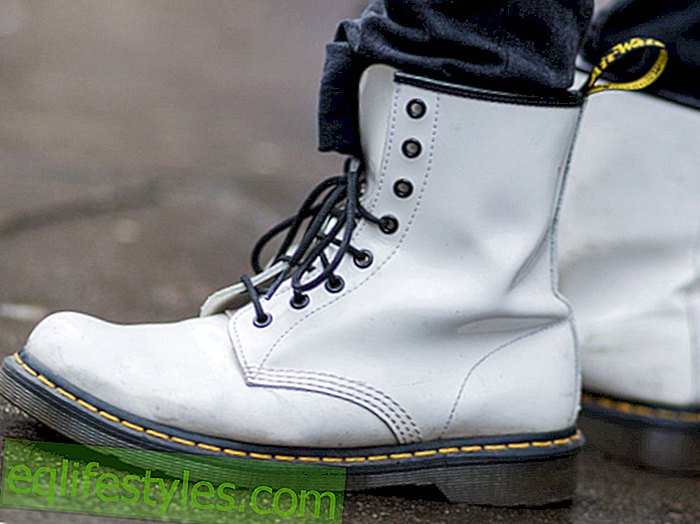The cross with the cross is about 15 million German citizens a term. According to the German Pain League, back complaints are among the most common diseases in Germany.

The widespread illness not only leads to high treatment costs, but also to high economic costs due to lost time. Often the diagnosis of the ailing pain is herniated - because the buffers of the spine suffer the most because of our current lifestyle. "Long sitting, lack of exercise and one-sided stress have a negative effect on the muscles, which play an important corset function for the spine, " says Günther Grasse. The certified physiotherapist, chiropractor and non-medical practitioner heads the Pro Health Institute (phi) in Munich, a holistic health center with special expertise in the prevention and treatment of back problems. Every second patient visits his institute for pain in the back. "The hitherto common measures for herniated discs are based primarily on drug therapies and injections and they usually have no long-lasting effect, since they do not start with the cause of the pain, namely the pinching of the nerves by the defective disc, " explains Günther Grasse. "If there is no sign of success, the next step is usually a surgical procedure, but even the surgical result is not always satisfactory, " says the back expert.
There are nowadays alternative treatment methods that gently and without side effects free from pain and even avoid surgery. These include the so-called spinal decompression. This purely mechanical process has been used very successfully in the USA for several years. Günther Grasse introduced it in 2008 as the first in Germany. The goal of spinal decompression is to activate the self-healing powers of the body by relieving the intervertebral discs - without a scalpel.
Damaged discs can only regenerate very badly due to the constant compression (pressure load). The tissue is not sufficiently supplied with fluid and nutrients. The magic word is accordingly decompression. The treatment is done on a special table, the SpineMED Table. Here, the patient is fixed in such a way that the affected intervertebral spaces are gently and painlessly stretched using computer control. Through the achieved pressure decrease, the stressed tissue recovers and is ready for nutrient and fluid intake again. The intervertebral disc can reposition itself, the nerve is released. After only twelve to twenty treatments lasting thirty minutes, clear to complete pain relief occurs. "Experience shows that, thanks to spinal decompression, in many cases surgery can be dispensed with", says Günther Grasse. After completing the therapy on the SpineMED Table, individual strength training for the back is recommended, so that success remains and further damage is prevented.









